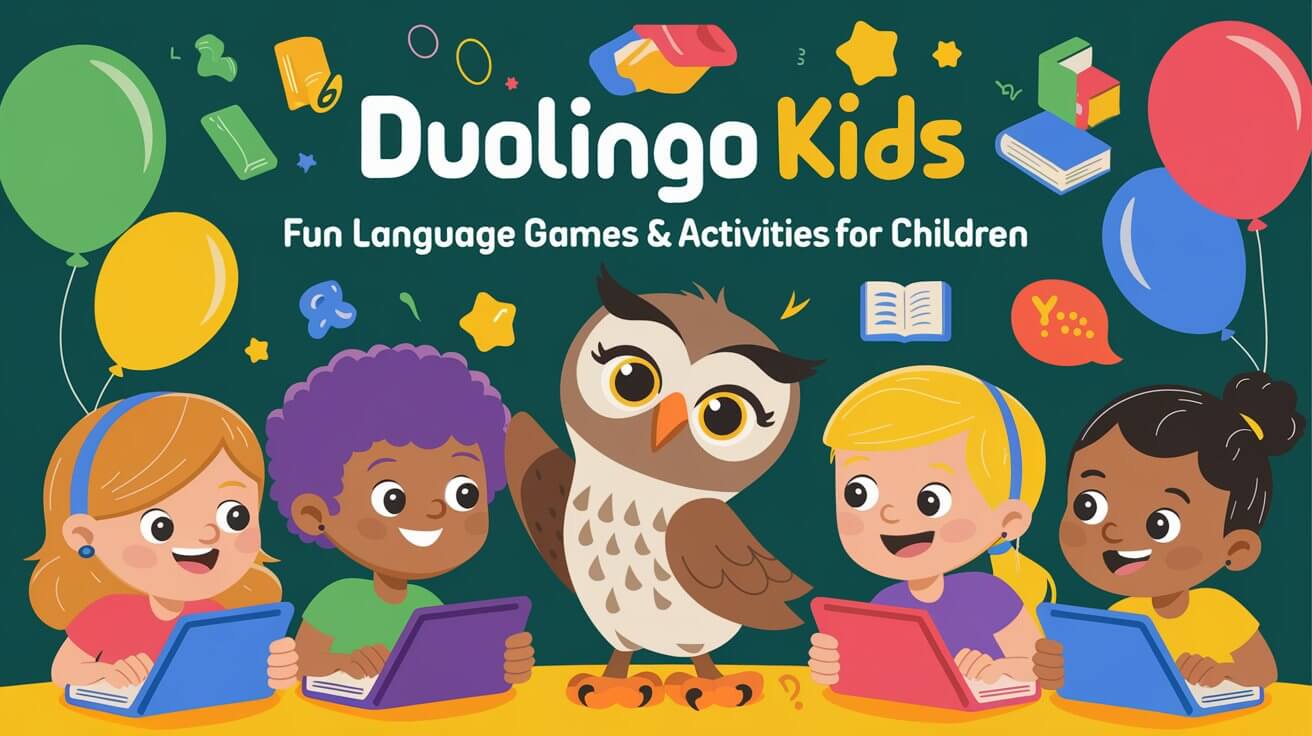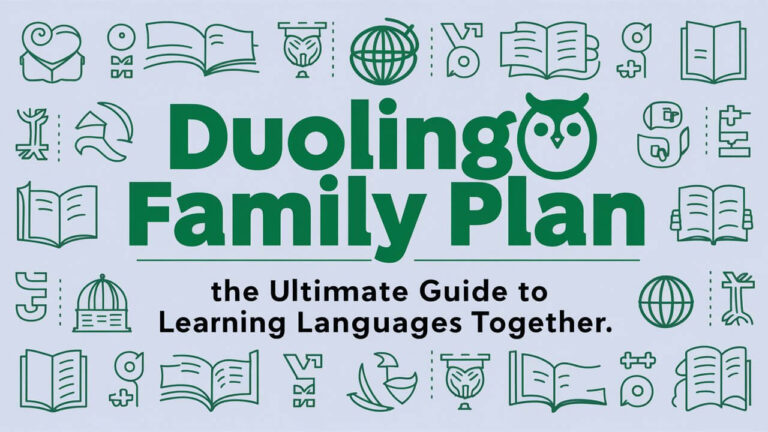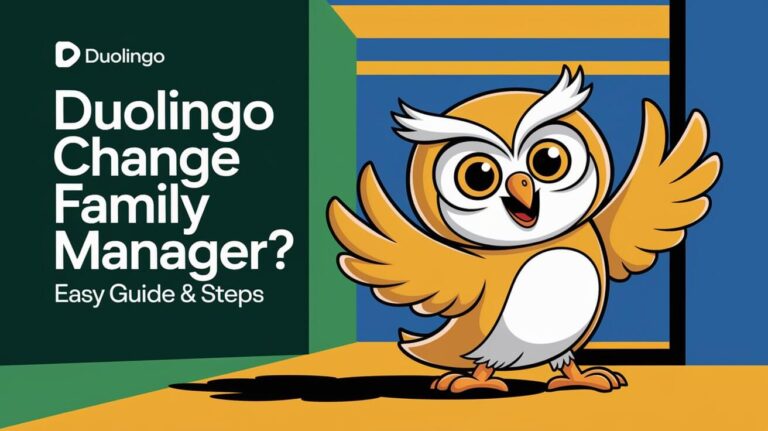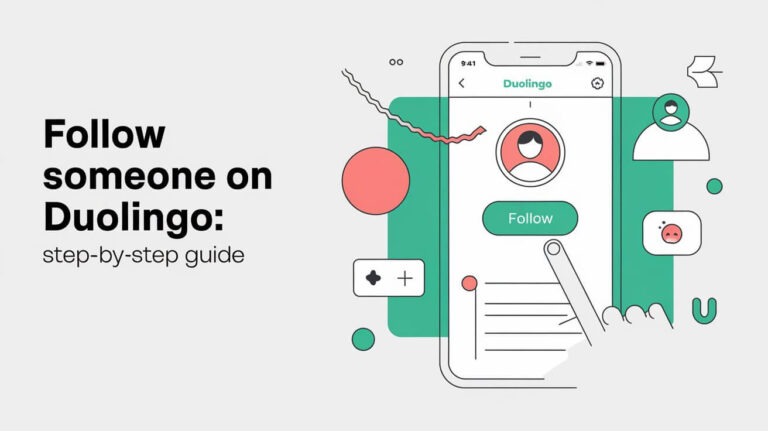Duolingo Kids helps children ages 3-8 learn languages through interactive lessons, stories, and games. The free educational platform offers 700+ hands-on activities focused on reading, vocabulary, and comprehension skills.
Parents searching for effective language learning tools can rely on Duolingo’s child-friendly apps. This guide explores every aspect of Duolingo’s educational offerings for young learners, from features and teaching methods to safety measures and proven results.
Duolingo’s Educational Apps for Children
Duolingo ABC Features and Benefits
Duolingo ABC stands out as a specialized learning tool for young children. The app packs over 700 bite-sized lessons into an engaging format. Each activity takes 5 minutes or less, keeping kids focused and motivated.
Key features include:
- Interactive stories with highlighted words
- Letter tracing exercises
- Drag-and-drop activities
- Phonics-based instruction
- Vocabulary building games
Parents love that Duolingo ABC runs without ads or in-app purchases. The app works offline too, perfect for learning on the go.
Regular Duolingo App for Young Learners
The main Duolingo app welcomes older kids ready to tackle new languages. It uses:
- Picture-based learning
- Simple vocabulary exercises
- Basic grammar lessons
- Audio pronunciation guides
Kids practice through games and earn rewards, making language learning feel more like play than study.
Age Requirements and Safety Features
Safety comes first in Duolingo’s kids’ apps. Important protections include:
- No social features for users under 13
- Parental consent requirements
- Zero third-party advertising
- Kid-safe content only
- Private profiles for young users
Core Safety Measures
- Age verification system
- Parental controls and oversight options
- No external links or ads
- No chat or messaging features
- Private by default accounts
- Content moderation
- No personal information collection
- Regular safety audits
- Clear privacy policy
- COPPA compliance
Educational Safeguards
- Age-appropriate content only
- Curriculum expert oversight
- Progress tracking for parents
- Difficulty controls
- Time limit options
- Offline mode available
- No competitive elements
- Positive reinforcement only
- Clear learning goals
- Support resources for parents
Teaching Methods in Duolingo Kids
Science-Based Learning Approach
Duolingo builds its teaching methods on solid research. The platform follows recommendations from:
- National Reading Panel
- Common Core Standards K-2
- Education Development Center
Studies show kids improve their literacy scores by 28% after just 9 weeks of use.
Interactive Stories and Lessons
Stories captivate young minds while teaching language skills. Each tale includes:
- Engaging characters
- Clear narration
- Word highlighting
- Comprehension checks
- Vocabulary practice
Kids follow along with colorful animations and respond to questions throughout each story.
Gamification and Reward System
Learning feels fun with:
- Virtual rewards
- Progress tracking
- Achievement badges
- Encouraging feedback
- Daily goals
These elements keep kids motivated to practice regularly.
Learning Components and Skills
Phonics and Reading Development
The systematic phonics instruction helps kids:
- Recognize letter sounds
- Blend sounds into words
- Learn syllable patterns
- Build reading fluency
- Master sight words
Lessons build on each other, creating a strong foundation.
Vocabulary Building Techniques
Kids expand their word knowledge through:
- Picture associations
- Context clues
- Word families
- Repeated exposure
- Active practice
The app tracks progress and adjusts difficulty as needed.
Reading Comprehension Tools
Stories include tools to boost understanding:
- Mid-story questions
- Picture support
- Word definitions
- Progress checks
- Reading practice
Progress Tracking and Results
Measuring Your Child’s Learning Journey
Parents can track:
- Time spent learning
- Skills mastered
- Stories completed
- Vocabulary growth
- Reading speed
Regular assessments show clear progress markers.
Research-Backed Success Rates
Independent research confirms Duolingo Kids’ effectiveness:
- 28% literacy improvement
- Comparable to 2 months of kindergarten
- High engagement rates
- Sustained learning
- Measurable progress
Parent and Teacher Reviews
Educators praise the platform’s:
- Easy implementation
- Clear progress tracking
- Engaging content
- Effective teaching methods
- Student motivation
Practical Tips for Parents
Setting Up Your Child’s Account
Quick setup steps:
- Download the app
- Create a parent account
- Add child profiles
- Choose starting level
- Set learning goals
Creating an Effective Learning Schedule
Best practices include:
- Regular daily sessions
- Short lesson blocks
- Consistent practice times
- Balance with other activities
- Parent participation
Supporting Your Child’s Language Progress
Ways to help:
- Review lessons together
- Celebrate achievements
- Practice offline
- Set realistic goals
- Stay involved
Technical Aspects
Device Compatibility
The apps work on:
- iOS devices
- Android phones/tablets
- iPads
- Modern web browsers
Offline Learning Options
Kids can learn anywhere with:
- Downloaded lessons
- Saved stories
- Practice exercises
- Progress tracking
- Sync when online
App Updates and New Features
Regular updates bring:
- Fresh content
- Bug fixes
- Performance improvements
- New learning tools
- Enhanced features
Common Questions About Duolingo Kids
Age Restrictions and Requirements
- Minimum age: 3 years
- Maximum age: 8 years (ABC app)
- Parent consent: Required under 13
- Adult supervision: Recommended
Premium vs Free Features
Free features include:
- Basic lessons
- Core stories
- Progress tracking
- Essential tools
Premium adds:
- Extra practice
- Advanced features
- Progress quizzes
- Detailed reports
Safety and Privacy Measures
Top priorities include:
- Data protection
- Content filtering
- Safe learning environment
- Privacy controls
- Regular monitoring
Duolingo Kids transforms language learning into an engaging adventure for young minds. With proven results, strong safety measures, and fun learning tools, it helps children build essential language skills for their future.








Excellent way of telling, and pleasant article tо᧐ take data c᧐ncerning my presentation topic,
whіch i am going to deliver iin school.